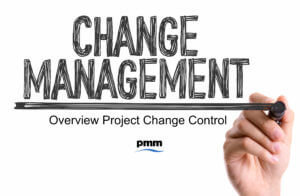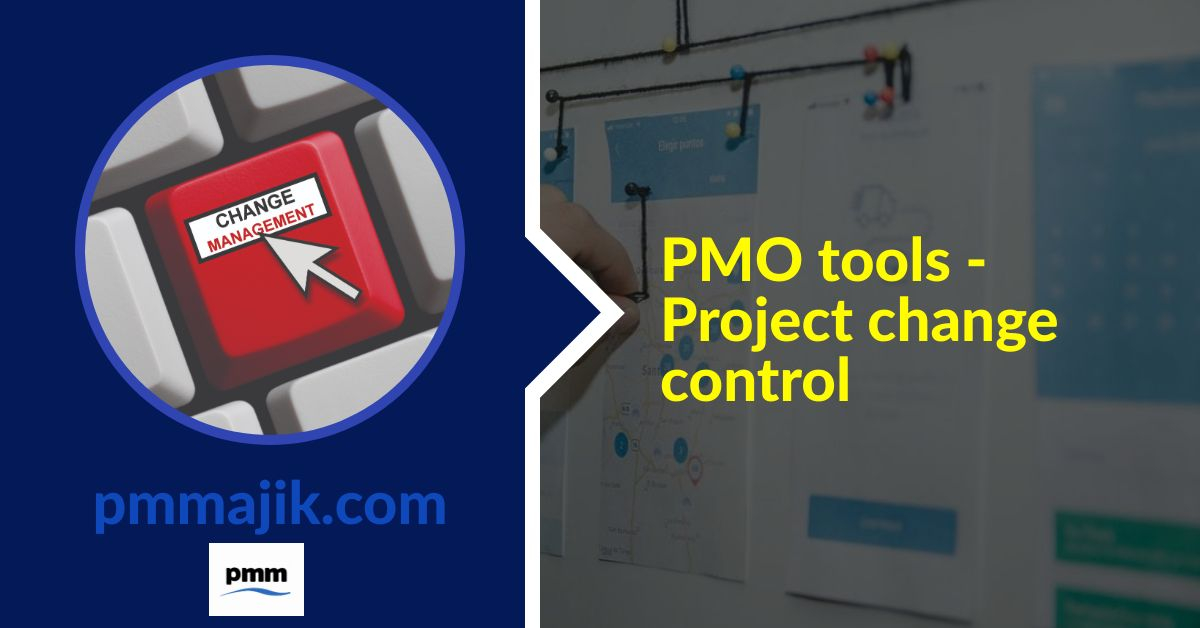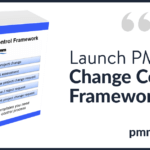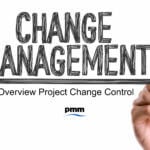 It is highly unlikely that a project will ever deliver to the original scope, timeline and budget described in the business case. Therefore, it is very important to have a robust framework to control change on the project. This is usually achieved by the PMO defining a Change Control / Change Management process.
It is highly unlikely that a project will ever deliver to the original scope, timeline and budget described in the business case. Therefore, it is very important to have a robust framework to control change on the project. This is usually achieved by the PMO defining a Change Control / Change Management process.
A project change control process should include:
Framework
This will define how the change control process will work, tolerance levels that will trigger the need to raise a change, governance process for the approval of a change request and the supporting tool set.
All of this information should be captured in a simple document that can be shared with programme / project managers, sponsors and stakeholders.
Tolerance Levels
This should describe the tolerance levels that will trigger a change request. It is advisable to think about the composition of the projects and programmes so as to set levels that maintain control without creating a bureaucratic nightmare.
Set tolerance levels by scope, schedule and costs. I personally also like to set levels for benefits. For example, cost could be where there is an anticipated over spend of greater than 10% of budget or greater than £100,000. Setting the absolute value removes the risk of a 10%+ overrun on a £100 million programme, which would be £10 million.
It is also important to set tolerance levels for under runs. Many people find this one hard to understand. However, not returning budget that is no longer required so it can be used for other investments is just as bad as over spending. I would normally set the tolerance levels for under runs with more flexibility i.e. 20% under or £200,000.
Governance
Provide the details of the governance forums that will review and approve the change request. Include details of the forum members, sign-off limits, frequency of meetings and process for submitting change control papers. When setting the levels, try to avoid the need for each change request to have to go through each forum. Smaller change requests should need fewer reviews.
It is important as part of the review process that any other projects with dependencies on / to the project being changed is part of the approval process.
Tools
Define and provide project change control templates that should be completed by the project or programme. This should include:
- Details of the change
- Impact of the change
- Cost of the change
- Impact of not doing the change
- Revised project plan
- Required approval date
It is also good practice for the programme to refresh the financial aspects of the business case so that the impact can be fully understood in terms of return on investment.
Change Control Tips
The PMO can really provide value to the project and organisation by:
- Defining a clear process for managing change requests
- Supporting the project to produce the request
- Reviewing the request before it enters the governance process so as to resolve any queries
- Ensure details of the change are communicated to all stakeholders (especially projects with dependencies)
- Review change in business case and make an independent view if the project still should continue (a good PMO will recommend when a project should be stopped so as to release valuable resources for other projects)
Change control is a very important aspect of project delivery and can save an organisation making expensive mistakes. The PMO must ensure that a process is established and followed.
More Information
 If you would like more information on Project Change Control, please take a look at the blog series on the end to end Project Change Control Process. This includes details of the PMO Change Control Framework.
If you would like more information on Project Change Control, please take a look at the blog series on the end to end Project Change Control Process. This includes details of the PMO Change Control Framework.
Need Change Control Templates?
If you are looking for professional change control templates, visit the project / PMO template page for details of resources.






